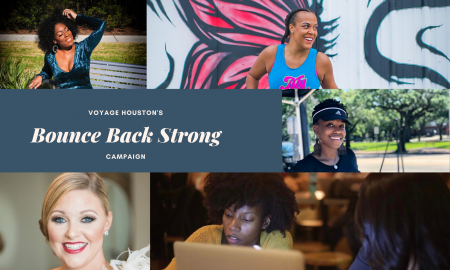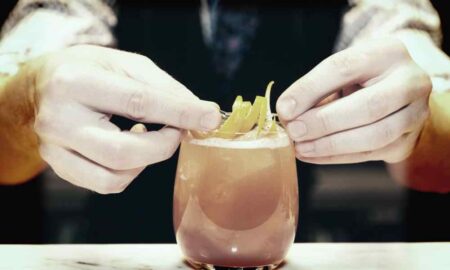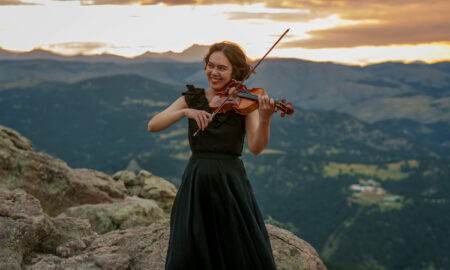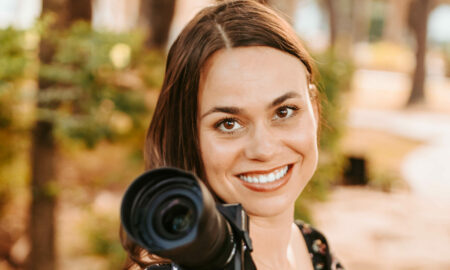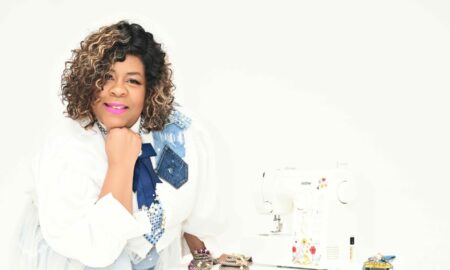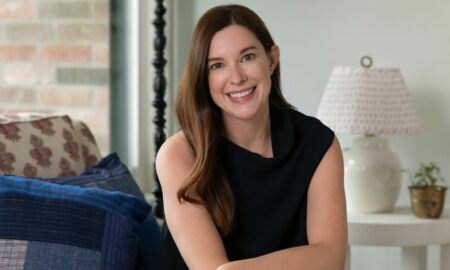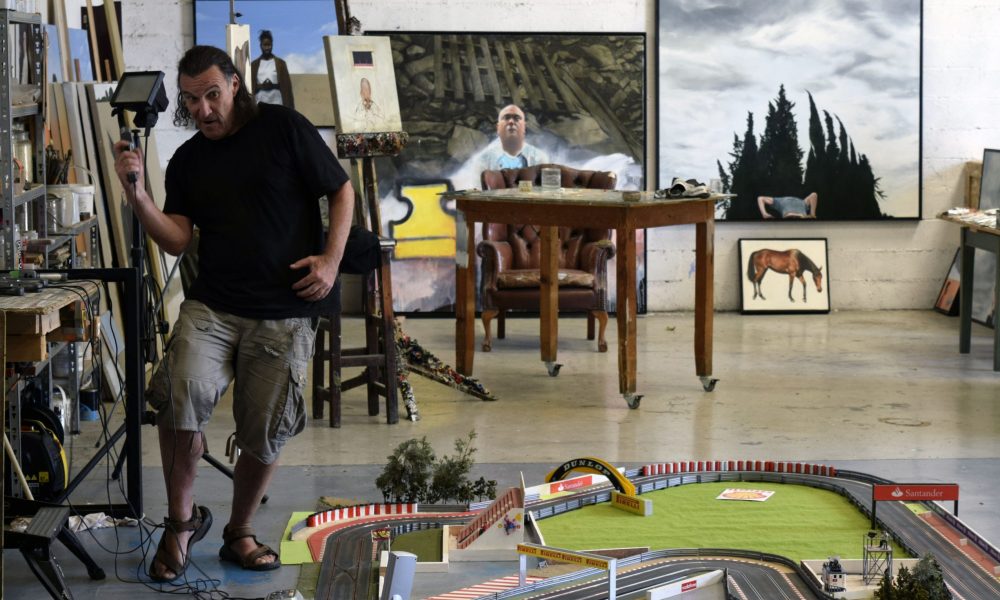

Today we’d like to introduce you to Chris Stevens.
Chris, we’d love to hear your story and how you got to where you are today both personally and as an artist.
On the day I graduated from the University of Reading in 1978, I promised myself that I would make art every day from that day on. I haven’t quite managed to do that but it has been pretty close. I realised that self-discipline was an essential ingredient of being an artist and as such it is important for me to ensure that I engaged with my practice on a daily basis. I was also determined to exhibit my work as often as possible, not just as a commercial enterprise but primarily as a means of having an audience for my paintings.
I have not always been lucky enough to earn enough from my work and this has involved the necessity of supplementing my income with various jobs, some art related, some not. This has been a big influence on my painting as I have always made work that directly reflects my personal situation and the environment in which I live and work. My first job was as a community-based artist in Bracknell. This was a great job in so far as it provided me with a studio and accommodation. More importantly it provided me with the subject matter which subsequently has proved to be a very important element in my work. This job was followed by me becoming the Director of the Cheltenham Art Centre which enabled me to curate a series of exhibitions of contemporary art and instigated an interest in curating. This culminated in the recent exhibition REALITY, British Modern and Contemporary Painting. An exhibition which included artists such as Lucien Freud, Francis Bacon, David Hockney and Walter Sickert. It also included contemporary painters such as Jenny Saville, Dexter Dalwood, Alan Macdonald and myself. After the period of time working in Cheltenham I was given the opportunity by the Arts Council of Great Britain to undertake a yearlong residency at Sunderland Football Club. I spent the year making paintings which reflected the workings of a First Division Football Club. This was an important time for me due to the media attention and the ensuing exhibitions. After that I completed a residency at Birmingham International Airport where I spent six months.
I have had many solo exhibitions in the UK and Europe. I have also been included I many group shows which include Fussball in Der Kunst, with Andy Warhol and Marcus Lupert in Germany, the BP Portrait Award at the National Portrait Gallery London on six occasions, Heads at Flowers East, London and REALITY, at the Sainsbury Centre, Norwich and the Walker Art Gallery, Liverpool. I have been a prizewinner in the BP Portrait Award, 50 over 50 and more recently in the Painted Faces exhibition organised by the Saatchi Gallery.
We’d love to hear more about your art. What do you do you do and why and what do you hope others will take away from your work?
There are similar themes to all my work which consciously and sub consciously are responsible for the elements within each painting. I do not start a painting with a specific idea in mind but go through a process of constructing a narrative through the juxtaposition of disparate elements. Typically, a painting will go through many changes before I decide it has reached some kind of conclusion. When I start a piece of work I am aware that the first elements of it might well disappear. This is part of discovering a narrative within any individual piece of work. I am excited by the fact that nothing is predetermined and that as the painting develops I can see the possibilities emerging. There is no diatribe going on in my work as I wish the people looking at it to develop their own narrative. Obviously, there are some big clues as to how the viewer will interpret the painting but it is always my intention to ask questions rather than give answers.
I love playing tricks with composition. As a student I was really interested in the golden mean as a constant constraint in composing paintings. I liked the harmony it gave to a painting. As I have developed as an artist however I have enjoyed putting together compositions, which can make one feel a little uneasy. I have even made paintings by putting together separate canvases, which have been painted individually. Paintings like The Age of Reason or Salem’s Lot is really two paintings in one frame. The problem with explaining processes like this detracts from the fact that the compositions I come up with rely on intuition. Analysis like this is all very interesting but when I am actually making my paintings I am working very much like an abstract painter. I am not a slave to photography or the verisimilitude of the image. I am completely absorbed by the actual process of painting.
I work from a variety of sources. Photography is a fantastic tool in gathering information and enables one to be able to work with a great deal of information without the problem of having to getting people to pose for you for hours on end. Nearly all the people in my paintings I know well so it is always possible to go back to them if I have a problem with a photographic image. As you can see from my work however I do not just paint photographs. There are many elements, which come from other sources. Very often I just work from memory. In a painting like Loghros Point Revisited I started the painting by working purely from memory. The dry stoned wall is based on one in Donegal but is also referencing the wall around my garden in France. The ground the figure is set against is pure fabrication. The figure himself is based on a photograph of a person I knew several years ago who sadly died. The photograph I took of him at the time was essential in helping me successfully completing the painting. I do understand the limitations of photography however and realize the camera does lie. I have done academic life drawings throughout my time working as an artist, which has been invaluable in enabling me to successfully work from photographs.
I start most paintings by drawing or painting a person animal or any object really. I do this with the knowledge that I might well destroy the image during the making of the painting but it acts as a starting point to develop a narrative. Each painting is quite different in the way it develops although there are similarities between small groups of my work. I also have several paintings on the go at one time.
What do you think it takes to be successful as an artist?
It is a combination of talent, hard work, commitment and luck. Being good at what you do is obviously very important and one can be successful in producing great work, which never gets recognised. Professional success however is quite a different thing. I have been lucky enough to be awarded residencies and to win a couple of prizes which help to raise ones profile.
One example of my personal good fortune resulted in me getting commissions in Los Angeles to paint portraits and work on a feature film. I had a painting in the BP Portrait Award in the late eighties, which was a painting I had made during my Arts Council residency at Sunderland Football Club. By chance the film Director Paul Bartel was visiting the exhibition on his way back from the Cannes Film Festival to his home in Hollywood. He saw my painting and decided he wanted me to paint his portrait. At the time I was labouring, digging out a basement in Shaftesbury Avenue for a friend. I was doing it for the money I hasten to add, as I was broke. I had a studio a couple of miles up the road and a painting on show half a mile away in the National Portrait Gallery but I needed to do some real work to earn some money. Paul Bartel found out where I was from the gallery, came to see me and offered me the commission. I flew out a few days later and have not needed to dig holes for a living since.
Do you have any events or exhibitions coming up? Where would one go to see more of your work? How can people support you and your artwork?
I am represented by Beaux Arts in London www.beauxartslondon.uk and I have work in public and private collections including the Victoria & Albert Museum, The National Gallery of Wales, Unilever, Galerija Portreta, Bosnia & Hertzegovena and many private collections in UK, South Africa, USA and Europe. On line my work can be seen on Saatchi on line www.saatchiart.com, Singulart .com and my own website www.chrisstevens.co
Contact Info:
- Website: www.chrisstevens.co
- Email: chrispstevens@mac.com








Image Credit:
All images by Chris Stevens


